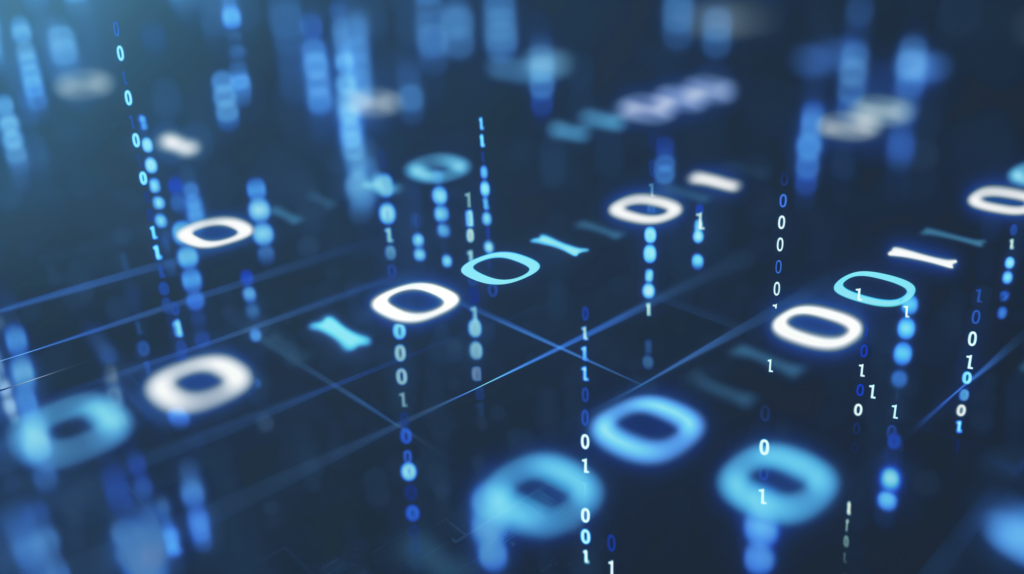Data classification is a fundamental process that helps organizations manage and protect their informational assets. It involves categorizing data into predefined classes or categories for easier storage, retrieval, analysis, and compliance with regulations. This process is essential for effective data management, security, and governance.
Understanding Data Classification
At its core, data classification is about understanding what types of data you have and how sensitive or critical that data is. It’s not just a bureaucratic exercise; it’s a way of making sure data is used in a manner that aligns with its value and sensitivity. For instance, personal identifiable information (PII) is far more sensitive than routine administrative information and thus requires stricter controls.
Why is Data Classification Important?
Data classification serves several critical purposes:
- Security: By classifying data, organizations can implement appropriate security measures. Sensitive data requires encryption and restricted access, while less critical data can be more accessible.
- Compliance: Various regulations, such as GDPR and HIPAA, require organizations to manage data responsibly. Data classification helps ensure compliance by clearly identifying what data needs protection.
- Efficiency: Classifying data makes it easier to locate and use. It reduces the time spent searching for information and improves decision-making.
- Risk Management: Classifying data helps organizations understand and mitigate risks associated with unauthorized access or data breaches.
Types of Data Classification
Data can be classified in various ways depending on the needs of the organization:
- Public: Information that can be freely shared with the public. Examples include press releases or marketing materials.
- Internal: Data intended for internal use only, such as internal memos or policies.
- Confidential: Sensitive data that could cause harm if disclosed, such as financial records or employee information.
- Restricted: Highly sensitive data requiring special protection, like trade secrets or personally identifiable information.
The Data Classification Process
Implementing an effective data classification process typically involves several key steps:
- Identify Data: Understand what data you possess across your organization.
- Define Classification Criteria: Establish clear criteria for how data will be classified based on sensitivity and regulatory requirements.
- Assign Classifications: Apply the defined classifications to various data sets.
- Implement Controls: Put security measures in place based on the classifications assigned.
- Review and Update: Regularly review classifications and update them as needed, particularly when there are changes in regulations or internal policies.
Challenges in Data Classification
Classifying data isn’t without its challenges:
- Volume: The sheer volume of data produced can make classification overwhelming, especially in large organizations.
- Complexity: Many data sets may not fit neatly into predefined categories. This complexity can hinder effective classification.
- Employee Buy-in: If employees don’t recognize the importance of data classification, they may not follow protocols consistently.
- Changing Regulations: As laws evolve, so too must classification schemes. Keeping up with these changes requires proactive management.
Best Practices for Data Classification
To overcome these challenges, organizations should adhere to best practices:
- Involve Stakeholders: Get input from various departments to create a robust classification scheme that addresses all needs.
- Utilize Technology: Employ automated tools to assist with identifying and classifying data, as they can significantly enhance efficiency.
- Train Employees: Provide training on the importance of data classification and how to comply with policies.
- Regular Audits: Conduct regular audits of data classification practices to ensure compliance and effectiveness.
The Future of Data Classification
As we delve deeper into the digital age, the importance of effective data classification will only continue to grow. With more data generated every day, organizations face increasing scrutiny over data rights and protection. The rise of artificial intelligence (AI) and machine learning (ML) holds immense potential in transforming data classification. These technologies can analyze large datasets more efficiently and potentially automate classification, making it easier to stay compliant and secure.
Conclusion
Data classification is not merely a tick-box exercise. It is a critical component of any organization’s data governance strategy. By understanding what data you have and how sensitive it is, you can implement necessary measures to protect it effectively. The journey of classifying data is ongoing, requiring regular review and adaptation to changing technologies and regulations. By embracing this process, organizations can not only secure their data but also enable better data-driven decision-making.

